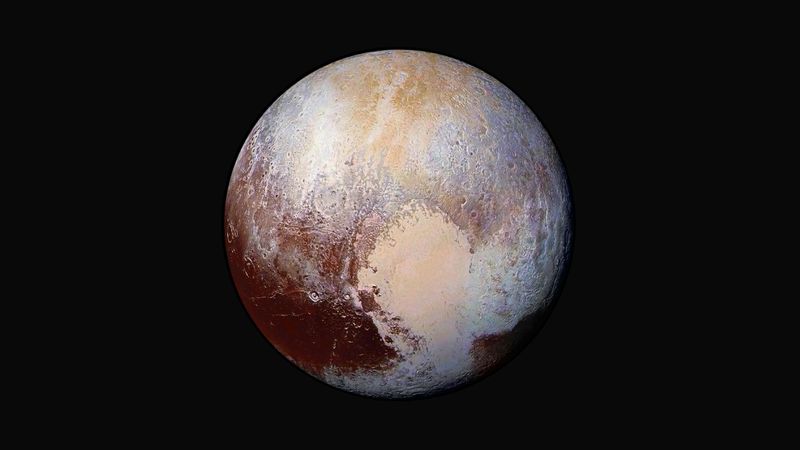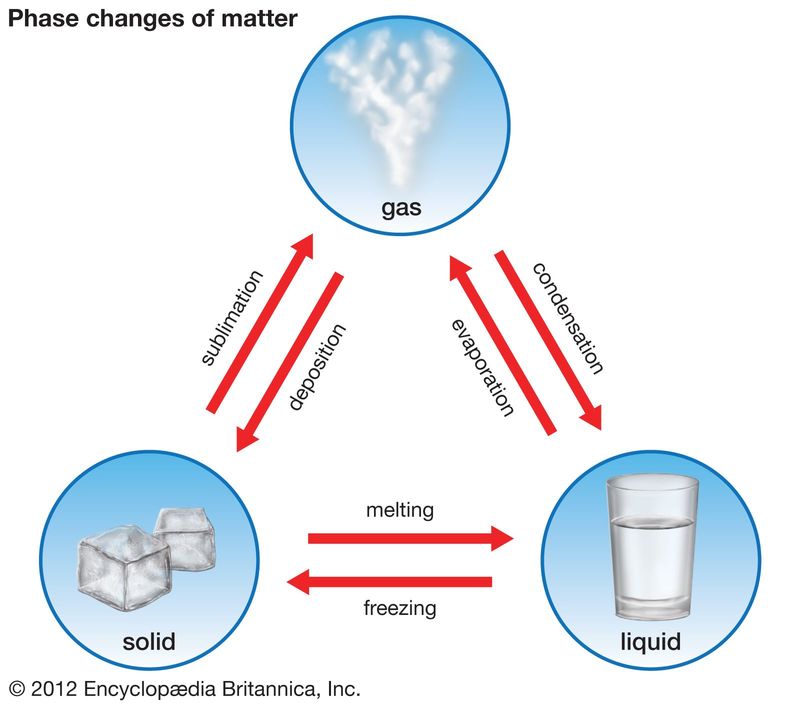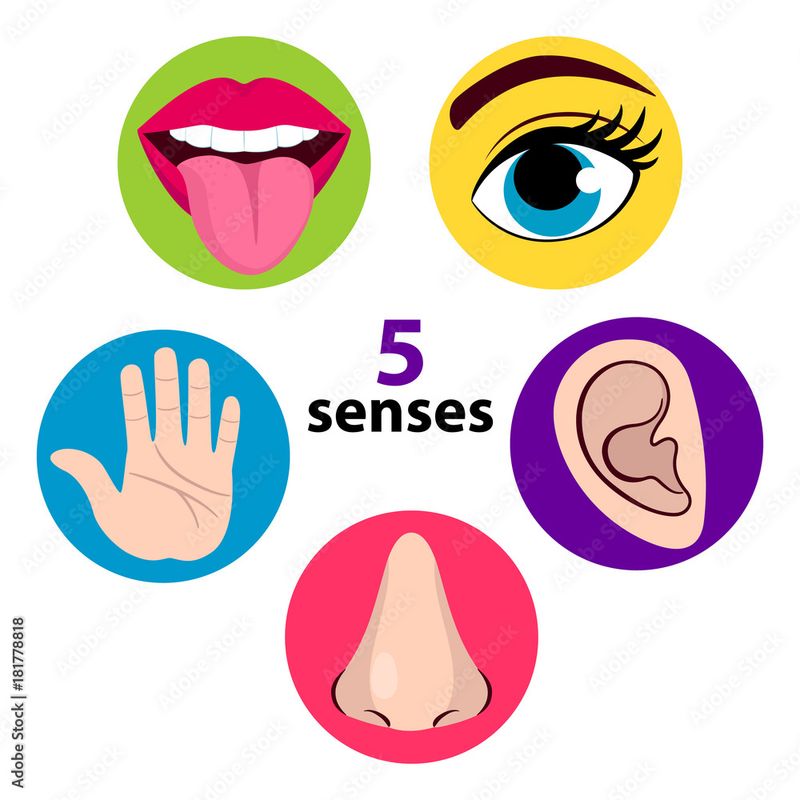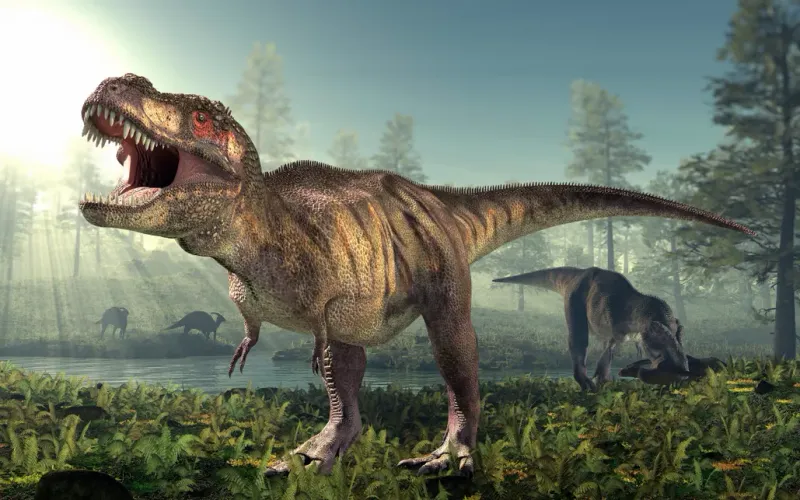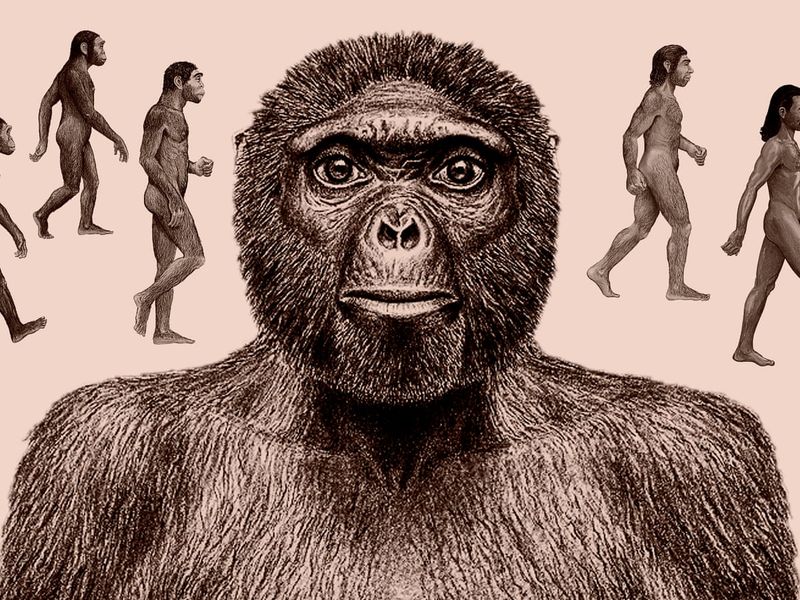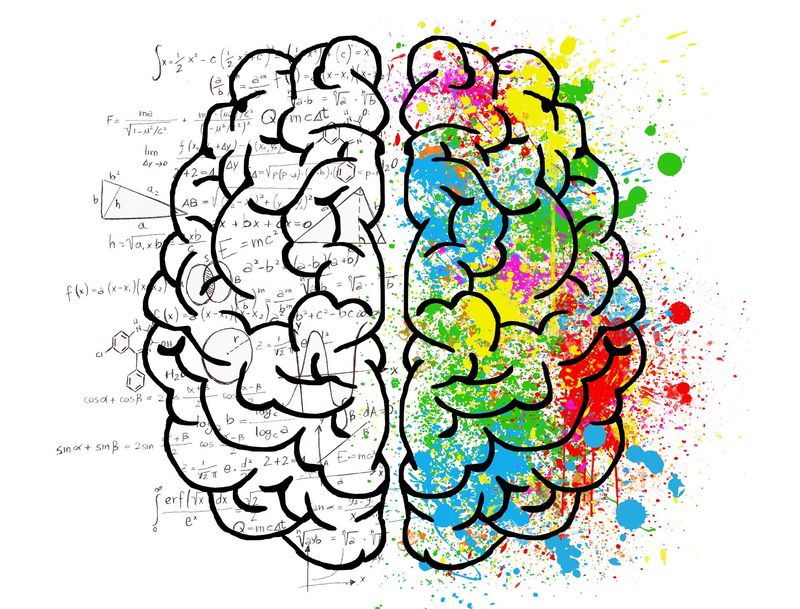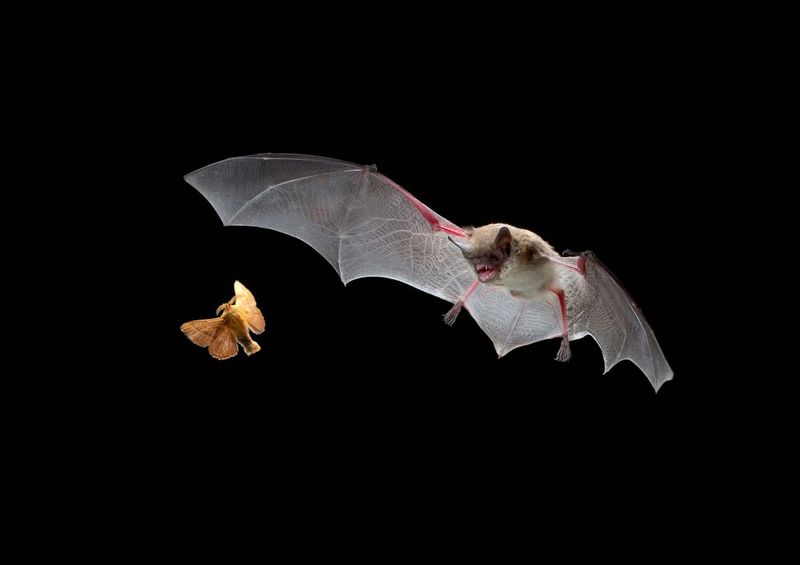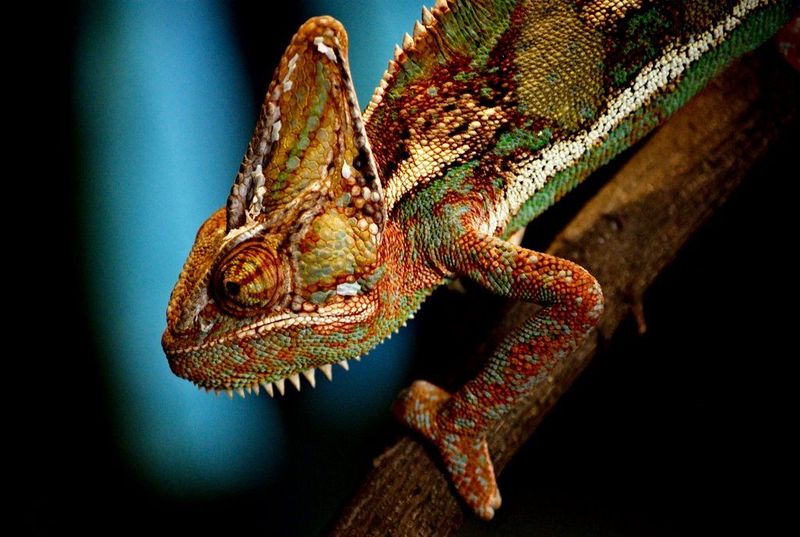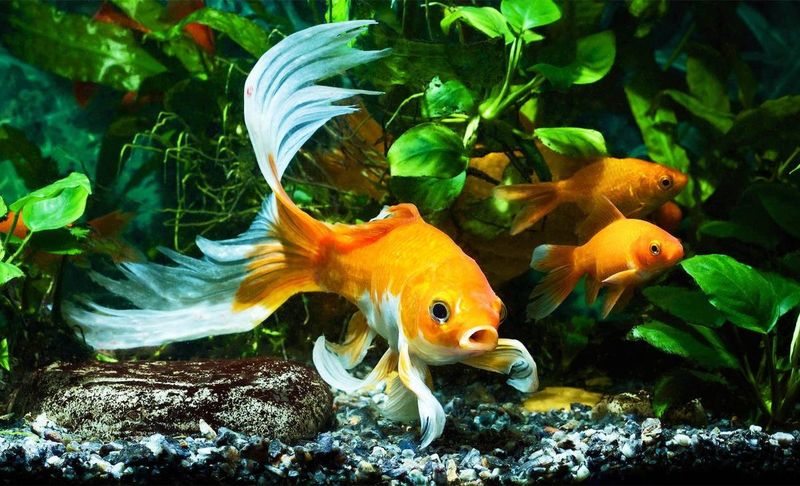In school, we learn many things that shape our understanding of the world. However, not all of these “facts” hold true under closer scrutiny. Let’s explore 20 common misconceptions that were taught as truths, yet turned out to be incorrect.
1. Pluto Is a Planet
Once hailed as the ninth planet, Pluto was demoted to a dwarf planet in 2006 by the International Astronomical Union. This decision arose because Pluto did not clear its neighboring region of other objects. It turns out, size does matter when it comes to being a planet!
Pluto’s reclassification stirred debates about the definition of a planet and left many nostalgic for the days when our solar system had nine planets. Despite its downgrade, Pluto continues to captivate us with its mysterious icy surface and distant orbit.
2. There Are Only Three States of Matter: Solid, Liquid, Gas
Remember when we learned about solids, liquids, and gases as the only states of matter? Science has evolved, and now we recognize at least two more: plasma and Bose-Einstein condensates. Plasma, like what’s found in stars, is an electrified gas, while Bose-Einstein condensates occur at near absolute zero.
These states challenge our understanding of matter’s behavior under extreme conditions. It seems our universe is more complex than the simple trio we once believed in. Embracing these discoveries, we explore new frontiers in physics, expanding our grasp of reality.
3. Humans Have Only Five Senses
We were taught that humans have five senses: sight, hearing, taste, smell, and touch. However, humans possess many more!
Beyond the basic five, there’s equilibrioception (balance), thermoception (temperature), and nociception (pain), among others. These senses help us navigate our environment, detect danger, and experience life in vibrant detail.
This expanded understanding highlights the complexity of human perception, enriching our appreciation of how we interact with the world. Our senses are a symphony, orchestrating our unique experiences.
4. The Tongue Has Specific “Taste Zones”
Do you remember the tongue map that showed specific regions for different tastes? It’s a myth! All taste buds are capable of detecting sweet, salty, sour, and bitter tastes.
This misconception likely arose from a misinterpretation of research from the early 1900s. In reality, our taste buds are evenly distributed, giving us the ability to enjoy flavors fully.
Unraveling this myth, we appreciate the nuanced experience of tasting foods, where every bite is a blend of sensations, not confined by arbitrary zones.
5. Dinosaurs Were Cold-Blooded
The notion that dinosaurs were sluggish, cold-blooded reptiles is outdated. Recent research suggests many dinosaurs were warm-blooded, akin to birds and mammals.
This insight has transformed our understanding of these magnificent creatures, portraying them as dynamic, active, and capable of regulating their body temperature.
The blend of reptilian and avian traits paints a vivid picture of a prehistoric world where dinosaurs thrived in diverse habitats. Our fascination with dinosaurs deepens as we continue to uncover the secrets of their vibrant lives.
6. Water Conducts Electricity
We’ve all heard that water conducts electricity, but here’s the twist: pure water is a poor conductor. It’s the minerals and impurities in water that facilitate electrical flow.
This misconception can be hazardous, leading to misunderstandings about electrical safety. Recognizing the role of impurities shifts our perception and emphasizes why clean water is critical in both science and safety.
Understanding this, we approach electricity with greater awareness, respecting its potential in our daily lives.
7. Christopher Columbus Discovered America
Columbus is often credited with discovering America, but indigenous cultures thrived here long before his arrival. Additionally, Norse explorer Leif Erikson likely reached North America centuries earlier.
This narrative shift acknowledges the rich histories and contributions of diverse peoples that shaped the continent before European contact.
By broadening our historical perspective, we gain a more inclusive view of the past, celebrating the mosaic of cultures that define America’s heritage.
8. Humans Evolved from Apes
The idea that humans evolved directly from apes is a simplification. We share a common ancestor with modern apes, but our evolutionary paths diverged long ago.
This nuanced understanding highlights the complexity of evolutionary biology and our shared lineage with the great apes.
Recognizing these connections enriches our appreciation of the diverse tapestry of life on Earth, reminding us of our place within the animal kingdom.
9. The Great Wall of China Is Visible from Space
The Great Wall of China is often said to be visible from space, but this is misleading. It’s no more visible than other structures from low Earth orbit.
Astronauts have noted the difficulty in identifying the wall without visual aids due to its narrow width and color blending with the landscape.
Despite this myth, the wall remains an impressive human achievement, its cultural and historical significance towering far above any physical measurements.
10. Lightning Never Strikes the Same Place Twice
The belief that lightning never strikes the same place twice is false. Tall structures like the Empire State Building are struck numerous times annually.
Lightning seeks the path of least resistance, making tall and conductive sites frequent targets. Understanding this behavior informs safety measures during thunderstorms.
We come to appreciate the power and predictability of nature’s electrifying displays, respecting the forces that shape our world.
11. The Left Brain vs. Right Brain Myth
The idea that creativity is confined to the right brain and logic to the left is a myth. While certain functions are localized, the brain works as an interconnected whole.
Modern neuroscience reveals that creativity and analytical thinking are not neatly divided, dispelling the simplistic left-right brain narrative.
Embracing this complexity, we appreciate the brain’s holistic nature, where diverse processes intertwine, contributing to the richness of human thought.
12. Bats Are Blind
The phrase “blind as a bat” is misleading. Most bats see quite well, especially in low-light conditions. They also use echolocation, which complements their vision, enabling them to navigate effectively at night.
This dual sensory system illustrates bats’ remarkable adaptability and skill in hunting and flying.
By debunking this myth, we gain a deeper respect for these fascinating creatures, whose misunderstood prowess contributes to our ecosystem’s balance.
13. You Must Wait 24 Hours to Report a Missing Person
The notion that you must wait 24 hours to report a missing person is a myth. In reality, you should act immediately. Time is crucial in such situations, and early reporting can significantly impact search and recovery efforts.
This misconception, often propagated by media, can delay crucial investigations.
By understanding the importance of prompt action, we can better support law enforcement and increase the chances of a positive outcome.
14. We Only Use 10% of Our Brains
The myth that we only use 10% of our brains is unfounded. Brain imaging shows that virtually every part is active, even during rest. This myth likely arose from a misinterpretation of neurological research.
Understanding the full potential of our brains encourages us to nurture our cognitive abilities, fostering a deeper appreciation for our mental capacities.
This myth-busting knowledge inspires us to explore the untapped potential within, engaging our minds in varied and enriching ways.
15. Vikings Wore Horned Helmets
The image of Vikings wearing horned helmets is a fabrication, popularized by 19th-century artists and operas. Archaeological findings suggest they wore simple, practical headgear.
This myth has shaped popular culture, but historical accuracy paints a different picture of these seafaring warriors.
Embracing authentic Viking history allows us to appreciate their true cultural significance, unadorned by artistic embellishment.
16. Camels Store Water in Their Humps
Contrary to popular belief, camels don’t store water in their humps. These humps actually store fat, which can be converted into energy. This adaptation helps camels survive long periods without food in harsh desert environments.
Recognizing this fact enhances our understanding of camel physiology and their exceptional ability to endure extreme conditions.
These resilient creatures showcase nature’s ingenuity, thriving in some of Earth’s toughest landscapes.
17. Chameleons Change Color to Match Their Surroundings
It’s commonly thought that chameleons change color for camouflage, but they primarily do so for other reasons. Temperature regulation and communication are key factors influencing their color shifts.
This fascinating ability allows chameleons to adapt to environmental changes and interact with each other.
Understanding this nuance enriches our appreciation for these remarkable reptiles, whose colorful displays captivate our imaginations.
18. Goldfish Have a Three-Second Memory
The belief that goldfish have a three-second memory is a myth. Studies show they can remember information for months and even be trained to perform tasks.
This cognitive capacity highlights their intelligence and adaptability, challenging our assumptions about aquatic life.
By acknowledging their memory capabilities, we foster a greater appreciation for the complexity of animal behavior and the intricate workings of nature.
19. Mount Everest Is the Tallest Mountain in the World
Mount Everest is renowned as the tallest mountain above sea level, but Mauna Kea in Hawaii is taller when measured from base to peak. This distinction underscores the varied ways we perceive Earth’s dimensions.
While Everest captures climbers’ imaginations, Mauna Kea’s submerged base offers a different perspective on geological grandeur.
This insight invites us to reconsider how we define and celebrate natural landmarks, appreciating their unique attributes.
20. Blood in Veins Is Blue Until It Hits Oxygen
The notion that blood is blue until it meets oxygen is incorrect. Blood is always red, though it appears blue through the skin due to light scattering.
Understanding the true nature of blood color demystifies human biology, revealing the complexities of our circulatory system.
This clarity fosters a deeper appreciation for the body’s intricacies, highlighting the wonders of life coursing through our veins.

